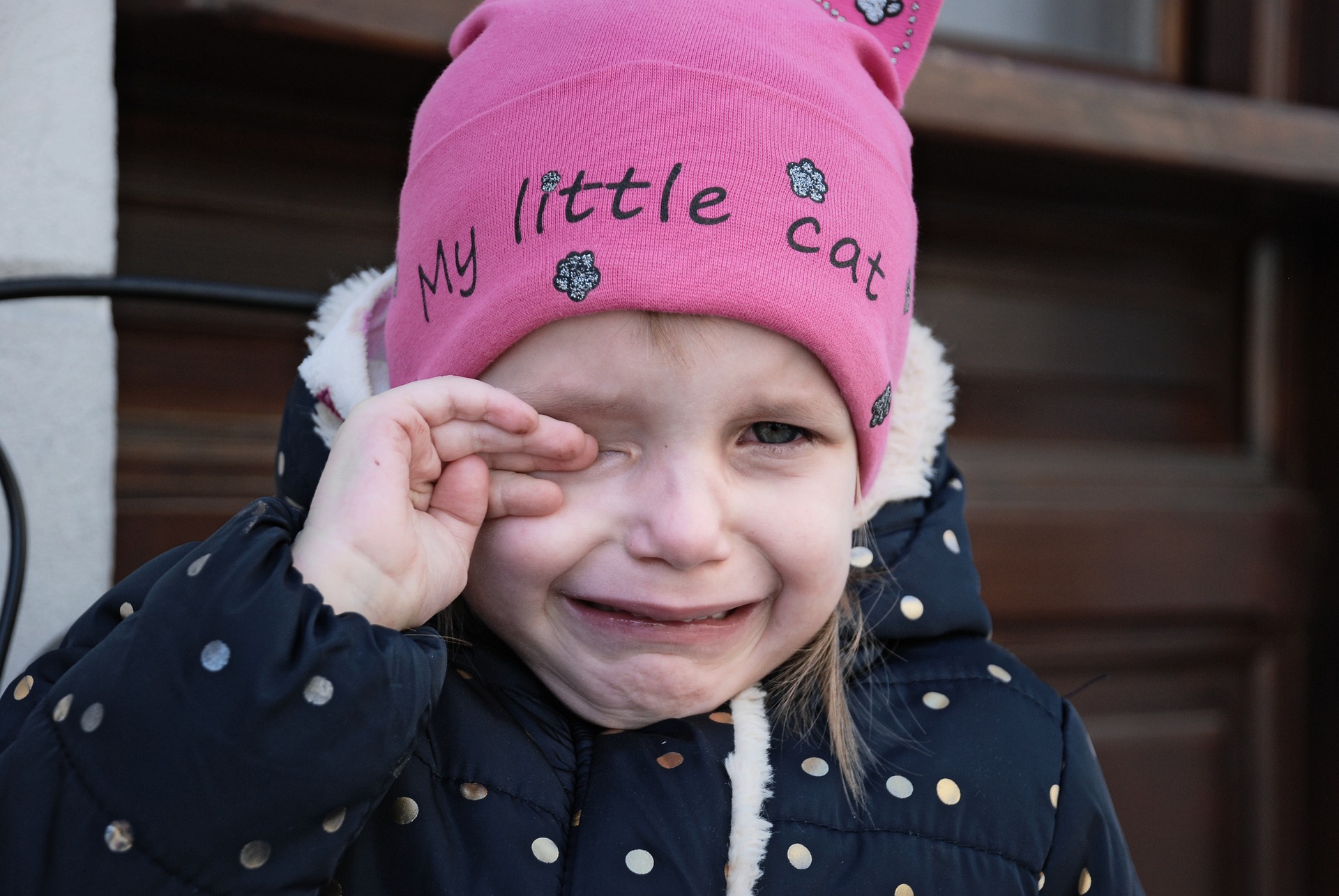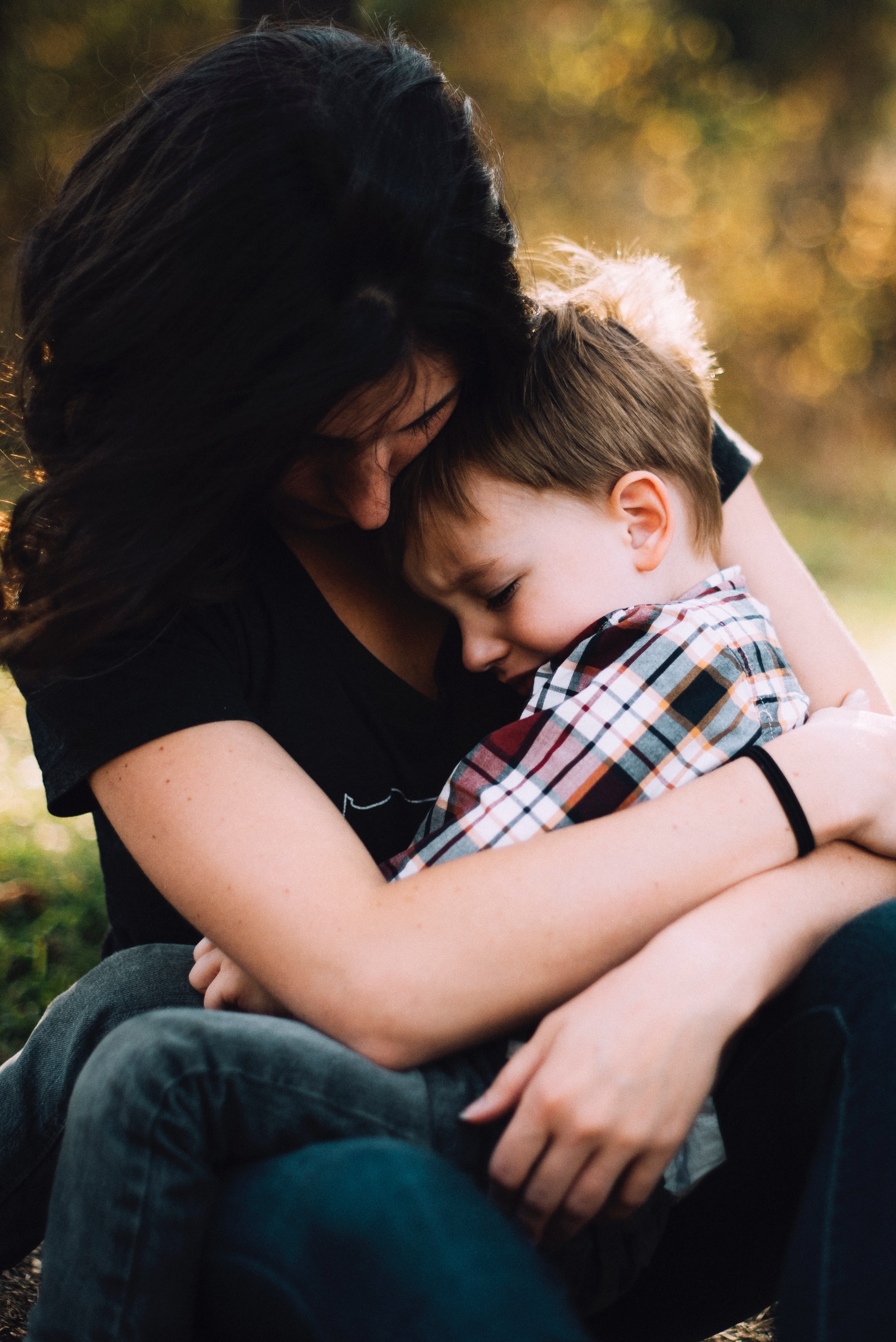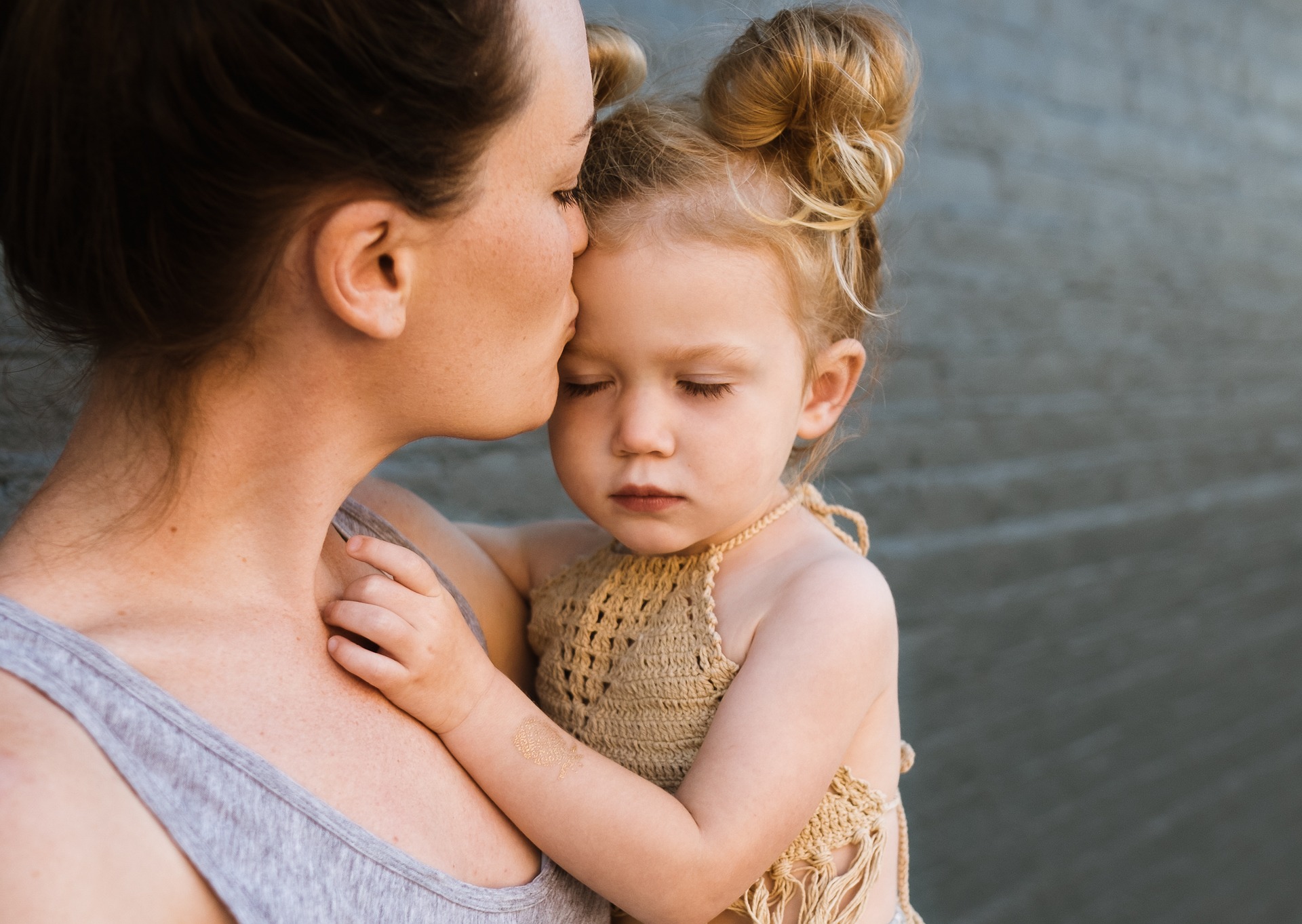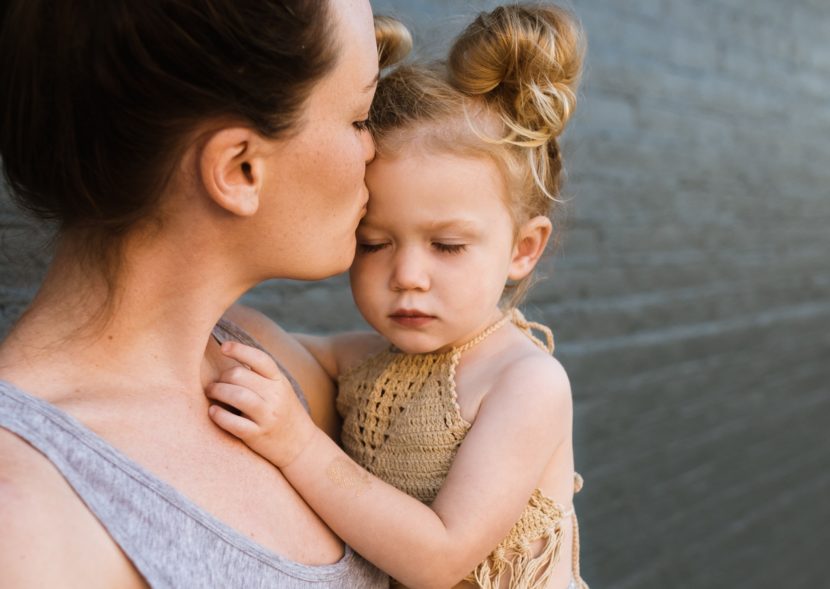 Identifying Meltdowns vs Tantrums
Identifying Meltdowns vs Tantrums
Tantrums can be a common event in early learning environments, especially in groups of toddlers. Quite often, a tantrum occurs because of frustration and lack of communication skills. But sometimes a child’s outburst isn’t a regular tantrum, it seems to escalate into something more. It could be a meltdown instead.
Tantrums and meltdowns can look very similar. But meltdowns are quite different from tantrums and need different approaches.
Understanding the difference between the two can help early childhood educators to have strategies to respond to children in a way that best supports them and maintains peace in the early learning environment.
Understanding Tantrums In Early Childhood
Tantrums happen for many reasons, most often because a child is frustrated that things aren’t working out how they want. A puzzle piece won’t fit or their care provider won’t allow them to paint on the walls – this inability to do what they want can trigger children to throw themselves on the floor, crying or screaming.
These outbursts are developmentally expected around the age two, coining the term the ‘’terrible twos’. Toddlers have tantrums because they’re easily frustrated and their ability to reason is limited. They’ve not yet mastered the ability to communicate what they want or need, or regulate their emotions and behaviour.
Toddlers tend to have tantrums when they’re hungry, tired or over excited. Preschool aged children are less likely to have tantrums as they’ve begun to develop better communication and coping skills. Children who have difficulty with expressing themselves or limited problem solving skills may express their frustration and anger through tantrums.
Often a care provider will notice a child having a tantrum has some measure of control over their outburst, in that they will stop if they’re getting attention or what they wanted.
Understanding Meltdowns
On the other hand, a meltdown happens when a child is utterly overwhelmed and loses control completely. Meltdowns are often much more intense than tantrums, and can look quite frightening. The behaviour only stops when the child is worn out or is able to be calmed.
Being overwhelmed can happen for a few reasons. For some children, it’s too much sensory information to process, such as:
- Lots of noise
- Too much information
- Textures that irritate
- Very strong smells or tastes
- Seeing crowded or cluttered places, flashing lights.
Anxiety can also be a trigger, such as worrying about having a turn at a favourite game or starting in a new room with a new educator.
Emotional overwhelm can also trigger a meltdown, like extreme frustration at not getting a favourite toy, or being unable to communicate what a child wants.
When the brain is overwhelmed, it’s believed the fight or flight response kicks in. The brain’s ability to determine the difference between a real and imagined danger disappears. The excess input overflows into extreme behaviour, which can also include shutting down, running away, physical lashing out at others, screaming and so on.
Meltdowns are more common for children who have sensory processing difficulties, and those with autism or ADHD.
How Do Tantrums And Meltdowns Look Different?
On the surface, a tantrum or a meltdown may look like the same behaviour. But there are differences.
Tantrums:
- You can figure out what a child is reacting to or what they want (e.g. there is a clear trigger such as being denied a toy or being hungry).
- The child is paying attention to what’s happening around them.
- The child is observing your reaction or other people’s and changes their behaviour to match it.
- The child may be trying to bargain for a solution during the tantrum.
- The behaviour will end once the child gets what they want or realises they won’t get what they want.
Meltdowns:
- There may not be a clear trigger, or you can’t tell what the child wants.
- There is a lack of control over the behaviour; the child may seem panicky or distraught.
- The child may try to escape or shut down.
- There is no response to people’s reactions or attempts to talk to the child.
- The child can’t work through the problem or find a solution.
- The behaviour doesn’t end unless the child is worn or is able to be calmed.
- Even after the situation has been resolved, your child needs time to calm down and recover.
Preventing Tantrums And Meltdowns
As the causes of tantrums and meltdowns are different, so are the strategies early childhood educators can use to avoid triggering either.
It’s worth remembering the difference between the two behaviours is tantrums often have a clear purpose to get a certain response. Meltdowns are a reaction to overwhelming feelings or surroundings and are out of a child’s control.
If tantrums are happening regularly, educators should consider the following prevention suggestions:
- Look for patterns in behaviour to find clues to avoiding tantrums that may be occurring due to tiredness, hungry or overexcitement.
- Stick to a predictable and regular routine to give children time to refuel their bodies and reset their energy levels. Tired, hungry toddlers are often only one step away from a tantrum.
- Offer concrete choices within the framework of the day’s routine that you can honour.
- Give warnings before the end of activities or changes to routine to prepare children and allow time to finish. Ask think-ahead questions as well, so they can start adjusting for the next activity.
- Introduce new challenges in a step-by-step process and make the challenge appropriate for each child’s abilities. Over challenging children can lead to frustration.
- Ensure the rules are clear and age appropriate so children can learn about boundaries and limits without being confused.
Children who are more likely to have meltdowns due to anxiety or behavioural challenges may need more help managing through their day to avoid overwhelm. This is often quite specific to the child’s needs but may include:
- Understand and be aware of triggers and have strategies in place to avoid or minimise the effects.
- Quiet corner or tent
- Noise cancelling headphones
- Sensory tools for fiddling or fidgeting (balance cushion, squishy balls, swings or hammocks). These can help keep an overwhelmed mind calm but also allow movement that can help a child regulate
- Give plenty of warning for routine or activity changes, as this can be very difficult to cope with, especially for anxious children.
- Support the child to find ways to communicate through social stories, play and toys.
How To Manage Tantrums And Meltdowns
Tantrums in early childhood environments can be a challenge, especially among more emotionally immature children such as toddlers. Acknowledge what the child wants/needs, making it clear you understand what they’re after, without giving in. Help the child to see there’s a more appropriate behaviour that will work and reward them for choosing the better option.
“I know you don’t want to go inside. We have to go have lunch now. After lunch, you can have a big play outside in the sandpit.”
When managing a meltdown, the first response should be to help the child find a quiet and safe place. Stay calm and reassuring, reducing the child’s overwhelm by not talking or even touching them (unless they want to).
When you know the difference between tantrums and meltdowns, you are better equipped to help children through them.

Sam McCulloch is a freelance content writer and editor, with a special interest in parenting, birth and early education. Sam believes in the importance of building a village so no parent is left behind or feels unsupported. When she’s not writing great content, you can find her trying to keep up with three kids, enjoying the great outdoors or reading a good book.


